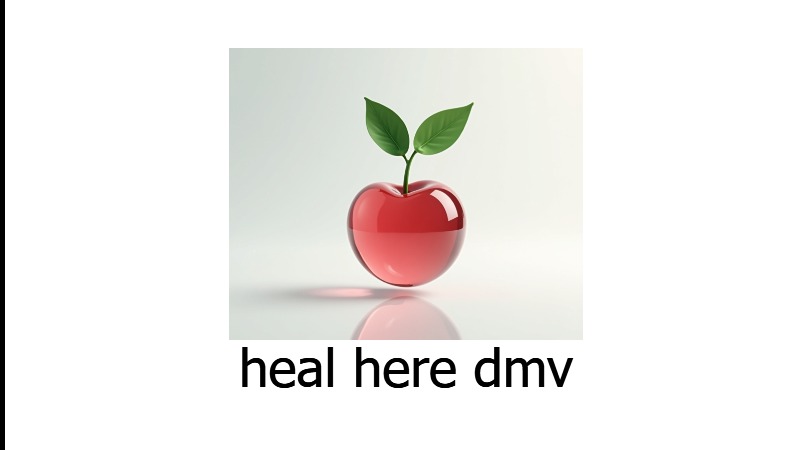
Embracing Letting Go: The Power of Forgiveness
In the journey of life, especially for entrepreneurs, we often encounter moments that challenge our understanding of trust and integrity. A compelling story emerges from the experiences of BrookeLynn Cohol, who faced betrayal in her business partnership yet chose a path of wisdom instead of revenge. This choice speaks volumes about the emotional toll of forgiveness and the importance of self-preservation.
The High Cost of Revenge
When faced with severe betrayals, it’s natural to feel a surge of anger and contemplation of revenge. Cohol's narrative highlights an important truth—seeking revenge can lead to destructive paths that extend beyond the immediate situation. The desire for justice may feel justified, but it often carries exorbitant emotional and financial costs. In her case, pursuing legal action against a trusted partner could have resulted in a lengthy process filled with further discord and resentment, instead of resolution.
Learning to Let Things Be
Choosing to let go does not signify weakness; rather, it represents a profound wisdom borne from experience. Cohol illustrates that letting be means acknowledging your feelings of hurt and betrayal while consciously deciding not to allow those feelings to control your life. She emphasizes that "the longer you cling to betrayal, the more time you spend stuck in it." This philosophy echoes a significant aspect of emotional wellness: prioritizing peace and recovery over bitterness and vengeance.
Building Resilience Through Adversity
Each betrayal that Cohol experienced along her entrepreneurial path, although painful, became a stepping stone to resilience. The challenges we face can often act as transformative experiences that shape our future outlook. By confronting such hardships, we can learn valuable lessons about trust, partnership, and forgiveness that ultimately empower us. This theme resonates deeply with anyone navigating the complexities of personal and professional relationships.
Practical Insights to Foster Emotional Well-being
1. **Reflect on the Experience**: Take time to process your feelings. Reflection allows for deeper understanding and avoids impulsive reactions. 2. **Practice Gratitude**: Focus on positive aspects of your life rather than what you’ve lost. Recognizing your blessings can shift your mindset. 3. **Seek Support**: Engage with friends, family, or a counselor who can offer perspectives and support during tough times. Sharing your feelings can provide relief.
Finding Strength in the Journey
For those grappling with similar feelings of betrayal, Cohol’s story is a beacon of hope. It demonstrates that while you can’t control the actions of others, you can control how you respond. Embracing forgiveness allows individuals to reclaim their peace and redirect their energy towards personal growth rather than resentment.
As we consider Cohol's story, it's clear that stepping away from the cycle of revenge not only frees us but enriches our lives with peace, wisdom, and resilience. If you find yourself in a similar situation, remember that choosing to rise above may just be the most powerful decision you make.
Reflect on your experiences this week. How can you embrace the power of letting go in your life? Taking charge of your emotional health starts with such introspection. Letting things be can redefine our relationships and shape a healthier future.
 Add Row
Add Row  Add
Add 



Write A Comment